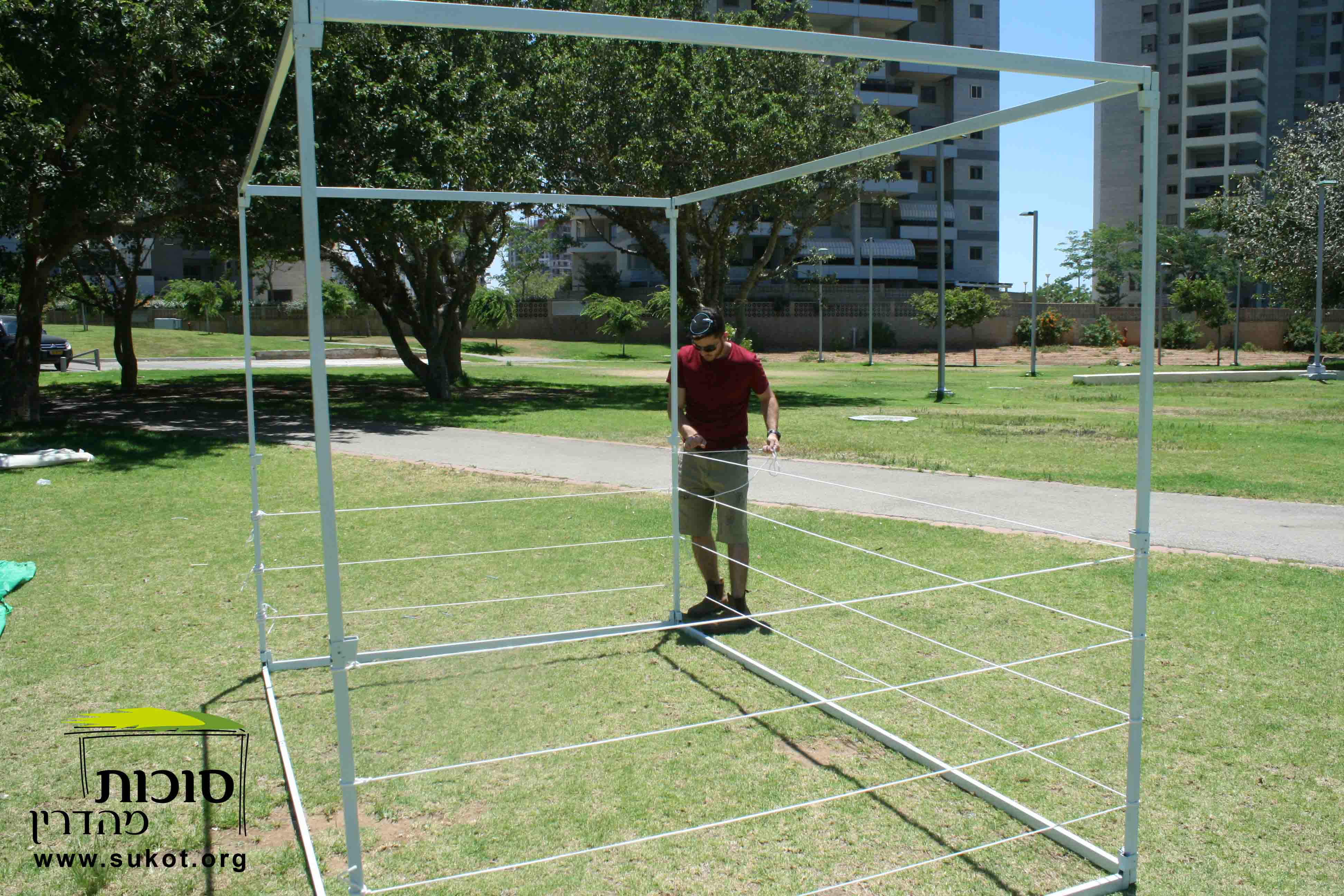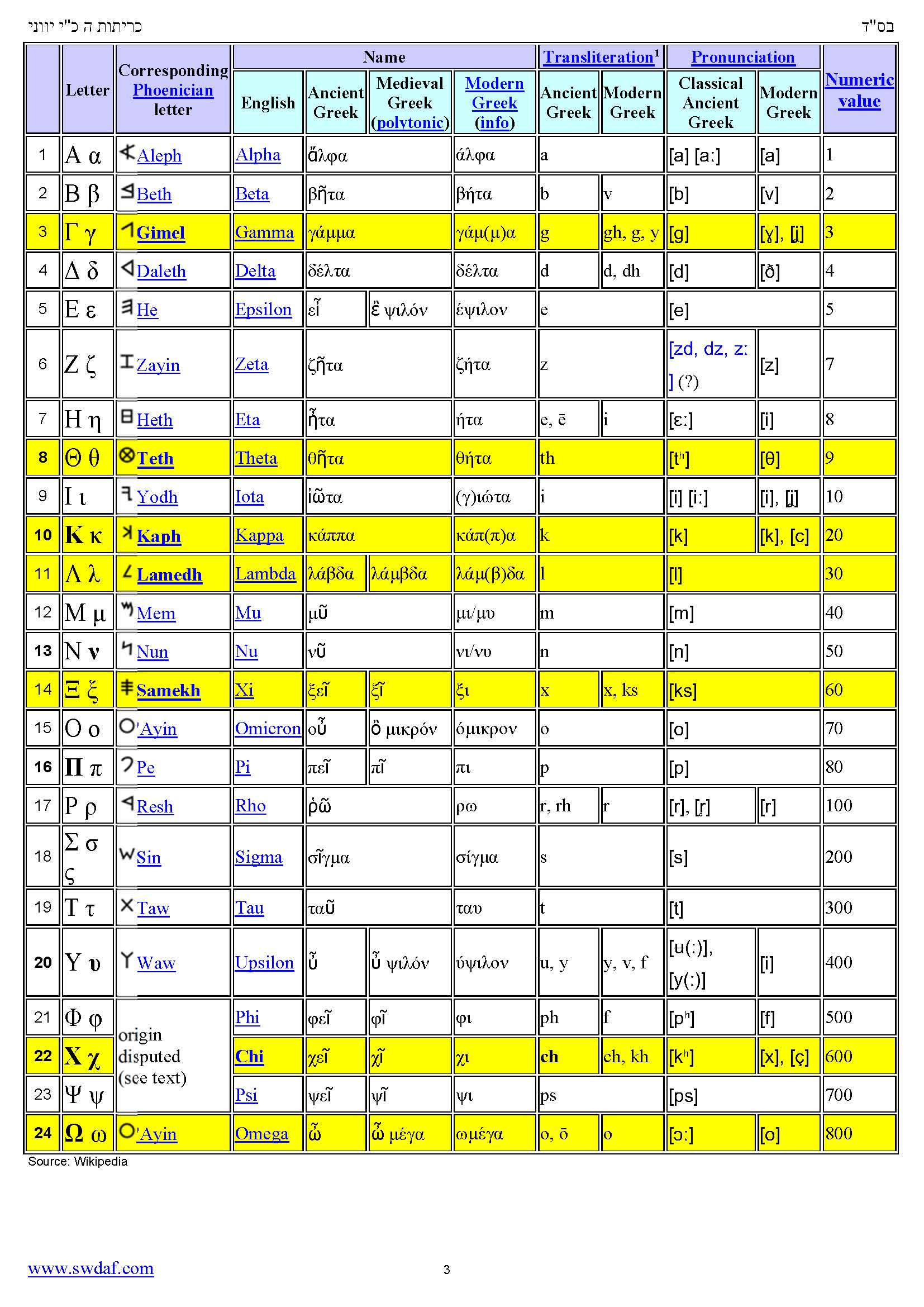BS”D
Suka 17b-18a
1- Chart of the various opinions discussed in our גמרא.
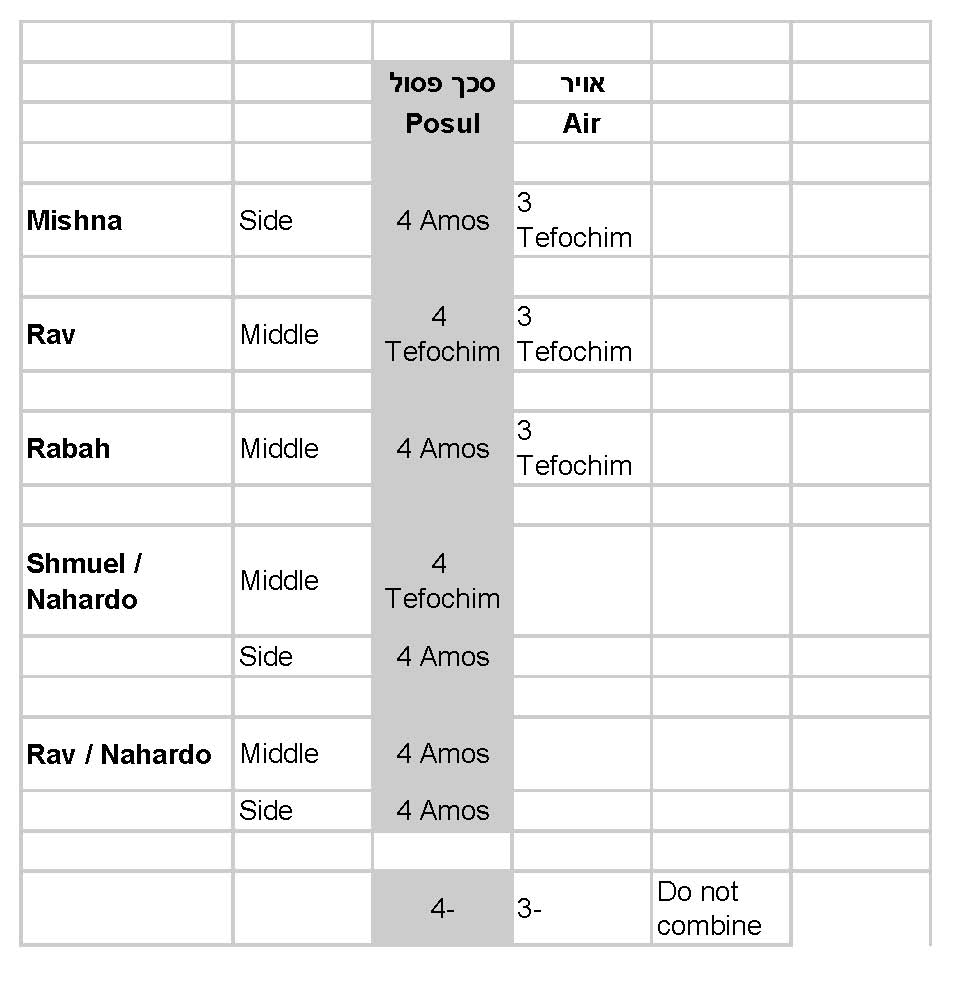
2- We spoke about the issue of פורס מפה ומקדש.

See here , footnote 25, the amazing story of what transpired in 1920 with the Rebbe Rashab.


We mentioned that Chasidim say the reason the Rebbe Rayat”z didn’t want his father to be פורס מפה ומקדש was due to the fact that the Rebbe Rashab never did it previously. Thus, his request for wine to perform פורס מפה ומקדש in 1920 would be a sign that (perhaps) he would not be around much longer and have another opportunity. As if he was saying “I need to do it once before I pass away”.
This explains why the Rebbe Rayatz:
A- Hid the wine. B- Was upset at the gabai that gave the wine to the Rebbe Rashab. C- why he felt very ill when he walked back into the room and saw that his father had already made Kiddush.
3- Regarding when to eat סעודת פורים this year we mentioned the old idiom “when all else fails read the instructions”…..
The Ramo writes that the meal should eaten be in the morning. 695, 2. “כשחל פורים ביוס ששי יעשו הסעודה
בשחרית משוס כבוד שבת
4- Something on Purim.
בס”ד
מגילת אסתר וימי הפורים
מצינו אודות ימי הפורים ומגילת אסתר דבר פלא. וטרם מצאתי מי שהעיר על זה. ואם שגיתי ה׳ הטוב יכפר וכו׳. ועכ״פ מגדר ‘פורים תורה’ לא יצא.
We find an amazing idea regarding Purim and Megillas Esther.

ובהקדם-
א- ידועים דברי הרמ״ז על מ״ש במגילת אסתר שהימים האלו נזכרים ונעשים. שע״י שהימים טובים נזכרים כל שנה כדבעי הם נעשים, כלומר, שכל המשכות רוחנית שאירעו בפעם הראשונה חוזרים ונעשים ונמשכים עוה״פ. ובשיחות הרבי נזכרה ונתבארה נקודה זו במקומות אין ספור.
The saying of the Ramaz is well known, regarding the words in the Megillah “These days are remembered and kept…”. Through keeping the Yom Tov of Purim properly throughout the ages, Purim is Kept.
Meaning: the spiritual revelations which occurred on the first Purim, return and happen and are revealed once again, by performing the Mitzvos of Purim. The Rebbe explains this concept in countless Sichos. נזכרים and therefore נעשים.
This phenomenon is not only on Purim but on all ימים טובים.
אבל לא נתבאר למה נאמר ונדגש רעיון זה דווקא במגילה אודות חג הפורים.
Why is this idea brought out specifically in the Megillah regarding Purim?
ב- הובא ונתבאר בדא״ח מ״ש בירושלמי מגילה וברמב״ם סוף הלכות מגילה שהנביאים והכתובים עשויים להתבטל חוץ ממגילת אסתר וכו׳.
As it is brought down in Chassidus, the Yerushalmi in Megillah, and the Rambam, that in the future, in the days of Mashiach, all the Naviim and Kesuvim will be abolished, except for Megillas Esthter.
תו״א צ,ד. צד, א. לקו״ש ז, וכ״ו.
האם יש טעם פשוט ע״ז? ואיזה הלכה מודיע לנו הרמב”ם
Is there a simple reason for this? And what halacha is the Rambam teaching us?
ג- וי״ל בדא״פ שמגילת אסתר וימי הפורים שונים משאר ימים טובים בעצם מהותם.
One can say that Megillahs Esther and Purim differ from other Yomim Tovim in it’s essential makeup:
איך? How?
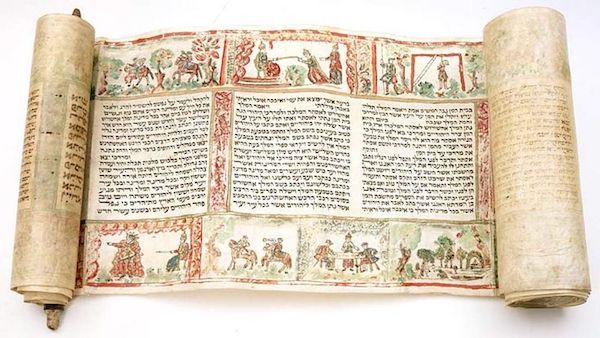
יום השבת הרי מקדשא וקיימת. ויו״ט באה כתוצאה מקידוש בי״ד אפילו כשמקדשים עפ״י הלוח כמ״ש הרמב״ם בהל׳ קדהחו״ש סוף פ׳…. ..ובספר המצוות ……. (איך שיהי׳ הפירוש שם, ואכמ״ל בזה).
The day of Shabbos is intrinsically holy and Yom Tov comes into being as a result of Beis Din sanctifying that day in the calendar.
אבל ימי הפורים הוא דבר המתחדש ומתאמת כל שנה, וכפשוטו.
Purim however is something which is renewed and dependent on each year.
למה? Why?
מובא בגמ׳ מגילה ז, א, כמה הוכחות שמגילת אסתר נכתבה ברוח הקודש. ותמצא אסתר נושאת חן בעיני כל רואה, ויאמר המן בלבו, ועוד.
In Gemara Megillah, 7a, various proofs from the Megillah are suggested to prove that the Megillah was written divinely inspired.
eg “And Esther found favor in the eyes of whoever saw her” and others. (How can the narrator know what others were thinking, unless it was written with divine inspiration).
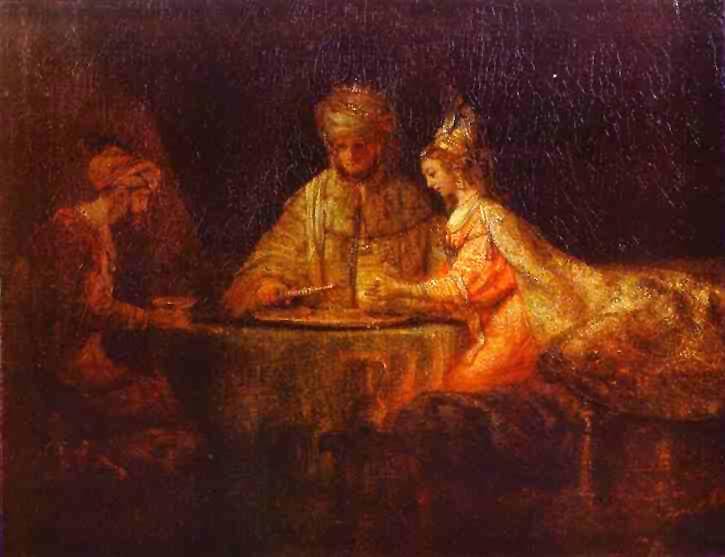
בסופו נאמר: אמר רב יוסף שממה שנאמר ׳וזכרם לא יסוף מזרעם׳ מוכח שמג״א נכתבה ברוה״ק. שהרי לולי זאת מאיפה ידעו שלעתיד יקראו את המגילה (רש”י)?
At the end, R Yosef says from the words “and their memory shall never leave from their progeny”. Otherwise, how was it known that future generations, including in 2021, would read the megillah? (So, it was divinely inspired).
זאת אומרת שקריאת המגילה ע״י בנ״י כל שנה מאמתת למפרע שהמגילה נכתבה ברוח הקודש.
The yearly reading of the Megillah and other Purim Mitzvos retroactively verifies the miracle of Purim and that the Megillah was written with רוח הקודש.
במילים אחרים: לו יצויר שבנ״י ח״ו יפסיקו לקרות את המגילה הרי יתגלה למפרע שהיא לא נכתבה ברוה״ק וכל הסיפור של אסתר ומרדכי היה נס גדול ואירוע היסטורי בלבד. לא קשור עם נס של כלל ישראל, לא קשור עם יו״ט שנתקדש ע״י הסנהדרין וכו׳.
in other words, were Jews cha’v to stop reading the Megillah, it would reveal retroactively that the Megillah was not written with Ruach Hakodesh- Divine inspiration, and the entire miraculous story was simply a historic account of a miracle indeed, but not a miracle that turned into a Holiday sanctified by the Sanhedrin etc.
בניגוד לחג הפסח למשל, שגם לולי קיום מצוות החג ח”ו הרי הוא בפועל יום יציאת מצרים. כלומר אירוע ניסי בלתי משתנה.
As opposed to the festival of Pesach for example; the lack of observing the commandments of the Yom Tov Cha’v, would not negate the fact that the miraculous occurrence happened on that day.
משא״כ פורים, שלכל מהותו כיו״ט קדוש נדרשת התאמתות חדשה כל שנה.
As opposed to Purim, whose existence as a Holy festival requires a new adherence per se each and every year.
באופן אחר קצת- כל השנה עד קריאת המגילה בפועל ע״י בנ״י בימי הפורים טרם נתברר אם פורים הוא יו״ט או לא, כביכול. כל קדושת החג בספק תלוי.
Until Purim is observed each year, the jury is still out on whether it is a bona-fide Holy Day, as above.
זה שיש חיוב לקרוא את המגילה הוא מפני שבפועל אנו קוראים את המגילה. באין כאחד.
ימי הפורים מתהווים רק ע״י קיום מצוותי’.
In other words…it is not that we go to Shul to hear the Megillah because it is Purim…rather because we go to Shul and hear the Megillah – it is Purim!
בפורים רק כשהם נזכרים… עי״ז נעשים, ממש!
Only on Purim – because we remember, Purim is.
משא״כ שאר החגים ה׳נזכרים׳ פועלת המשכות רוחניות אבל לא מהווים עצם קדושת החג כשלעצמו. ולכן נאמר ביטוי זה בפורים דווקא.
ולמחרת פורים שוב נכנסים לתקופה שספק כביכול אם מגילת אסתר נכתבה ברוח הקודש עד שנה הבאה. וככה חוזר חלילה כל שנה ושנה עד ביאת גואל צדק וגם אחרי זה.
ולכן אי אפשר שמגילת אסתר וקריאתה תתבטל. כי אם היא בטילה לעתיד לבוא, הרי היא מתבטלת גם לעבר. משא”כ שאר התנ”ך.
ולכן מביא הרמב”ם מאחז”ל זה כהלכה.
So even when Moshiach will arrive, Megilas Ester will remain. It will need to remain and practiced to continue the ‘yearly verification’.
Lechaim!


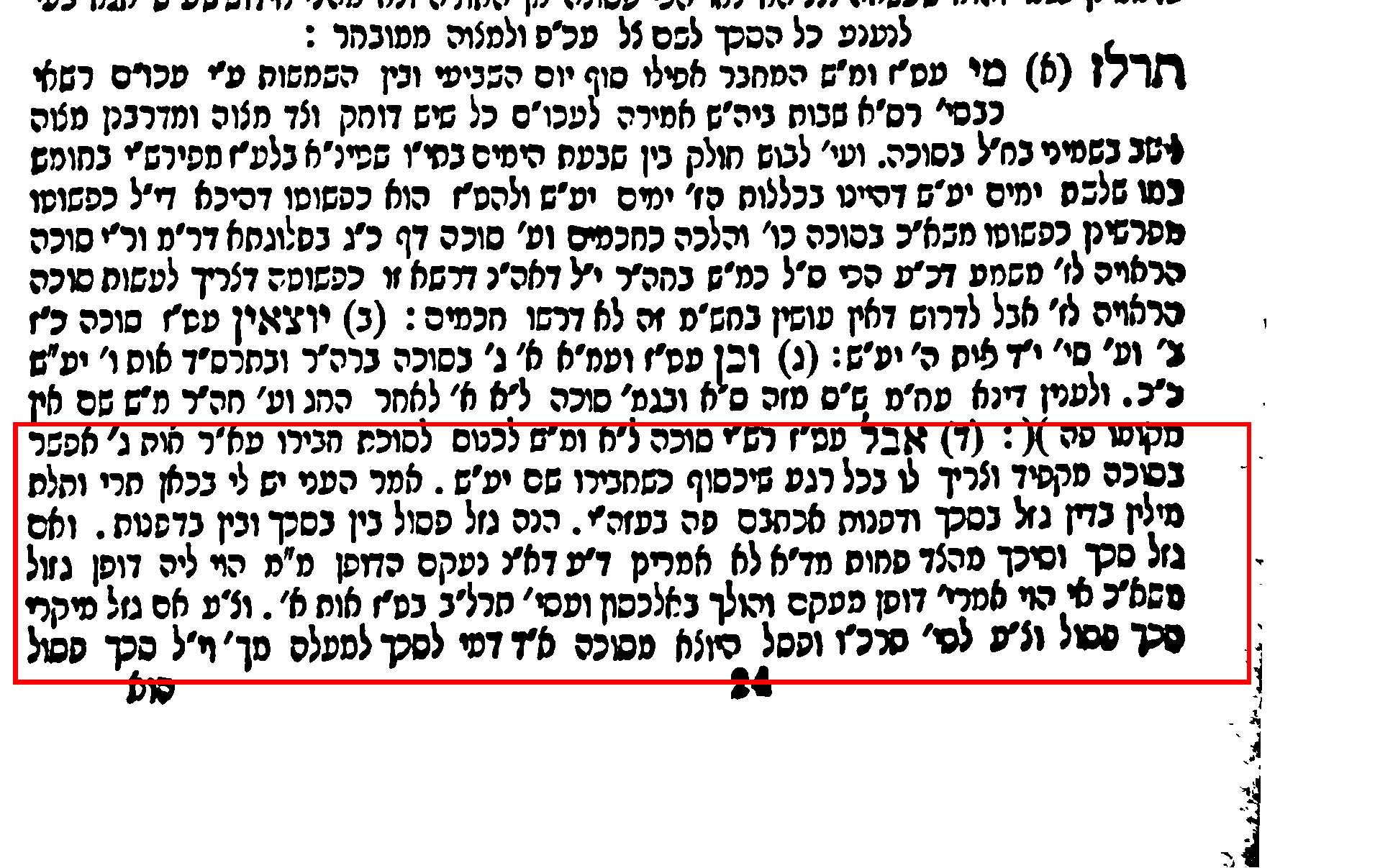


:max_bytes(150000):strip_icc():format(webp)/__opt__aboutcom__coeus__resources__content_migration__brides__public__brides-services__production__2016__12__19__5858111478ca470109af7d12_Greg20Ross-8eb64ab6d3464fe8b5849c92df6e3023.jpg)

